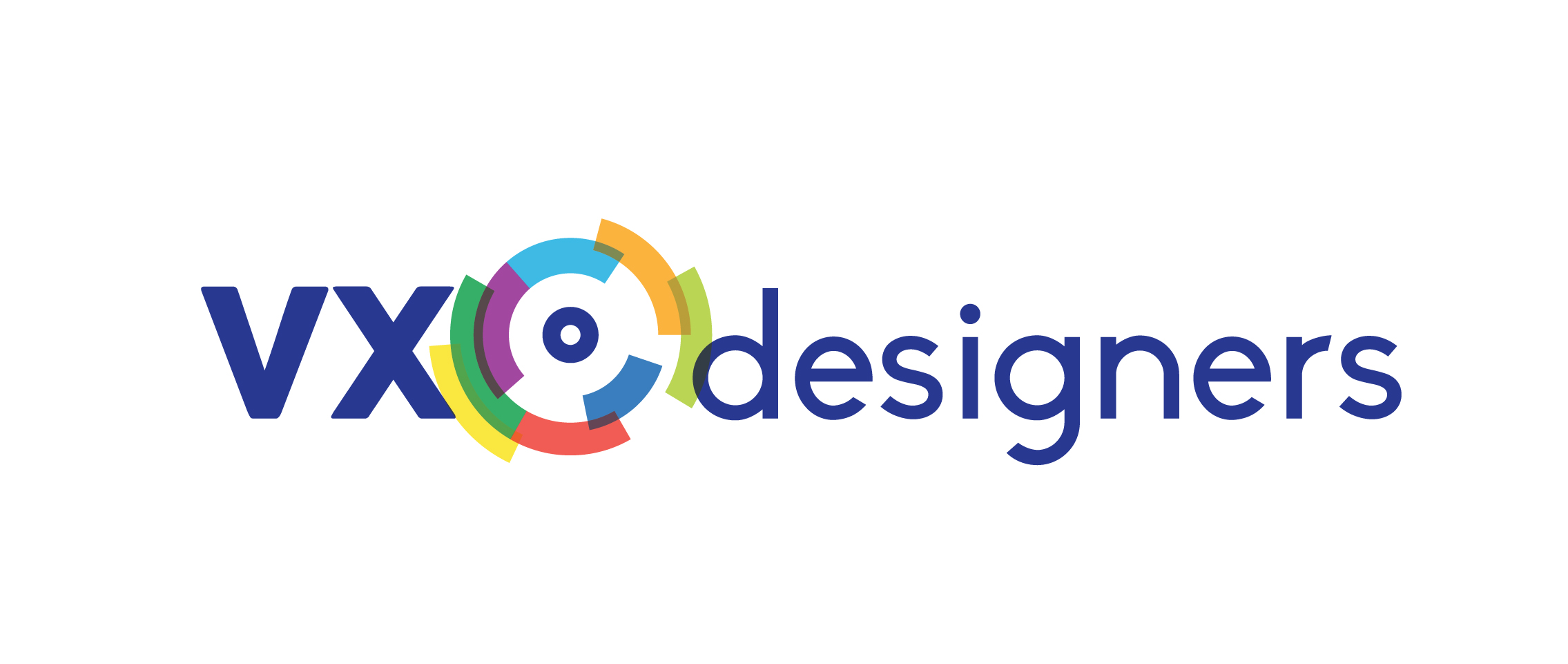Our Erasmus+ project VXDesigners, is dedicated to creating tools and a methodology about how we can put learners at the centre of the exhibition development process in order to maximize their interest in exhibition and learning from this process. To do so, partners of the project started by conducting research on the current state of art of schools using exhibitions for learning. The results of this work are now available as the first output of the project which is the Exhibition and School Guide
The “Exhibition and school guide” gives an overview of how to use exhibitions for learning in schools and describes the added value of learning through exhibitions, highlighting the skills and competencies that this process offers to pupils.
The guide aims to reach, inform and support education professionals, exhibition specialists and organisations in adopting innovative teaching methods and help students to benefit from active learning through exhibitions. It gathers information and examples and gives an overview of the different types of exhibitions used for educational purposes such as outdoor, museums, temporary exhibitions, virtual exhibitions, etc, and in relation to schools across Europe. Moreover, it discusses how learning by this methodology is taking place and what the impact is. Also, it lays the grounds for understanding the educational value of using exhibitions for inclusive learning, in particular concerning learners with learning disorders such as Specific Learning Disorders (SLD).
To explore and create the guide with the above-mentioned topics, project partners conducted desk research, but also interviews with experts from both schools and museum education professionals in each partner country. These inputs allow us to have better insight on what already exists in the research on the topic of the educational uses of exhibitions at the European level.
Here is a short description of the different parts of the guide:
The first pages of the guide provide a short history of the exhibition design, together with an introduction to the basic themes of exhibition designing.
Then, the rest of the document is constructed in two main parts:
The first part presents the different types of exhibitions and the different ways of using the exhibition for learning, the role of exhibitions and museums in learning, and the benefits of this process. Readers can have a good overview of the basic themes and methodologies of exhibition learning and schools by reading this first part.

The second part focuses on how to foster innovative practices for learning through exhibitions and bringing schools closer to cultural education and heritage including trends in exhibition design and digital interactive practices. In this second part, the guide presents the ways in which exhibitions can be used to support learners who are facing learning challenges or have different learning abilities and needs due to diverse socio-cultural and economic background or learning disorders.

The final part of the guide presents how schools can use the full potential of exhibition learning, by including several good practices of using and creating (and curating) exhibitions for learning across Europe.
Finally, readers can find a rich bibliography at the end of the document.
The Guide is currently available on the project’s website in five languages: English, French, Polish, Spanish and Greek. You may access and download it for free and discover the details of each chapter!

Project website: vxdesigners.eu![]() Follow the project on Facebook: @Logopsycom
Follow the project on Facebook: @Logopsycom
#VXDesigners #erasmusplusproject
Our partners in this ambitious project are Les Apprimeurs (France), Citizens in Power (Cyprus), the European Education and Learning Institute (Greece), CEPS (Spain), Fundacja ARTeria (Poland)

